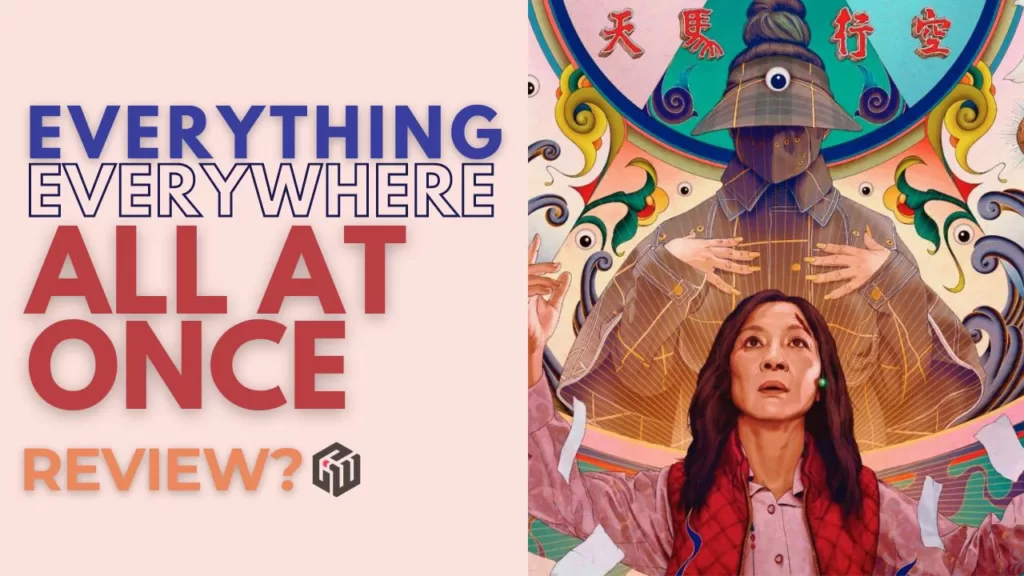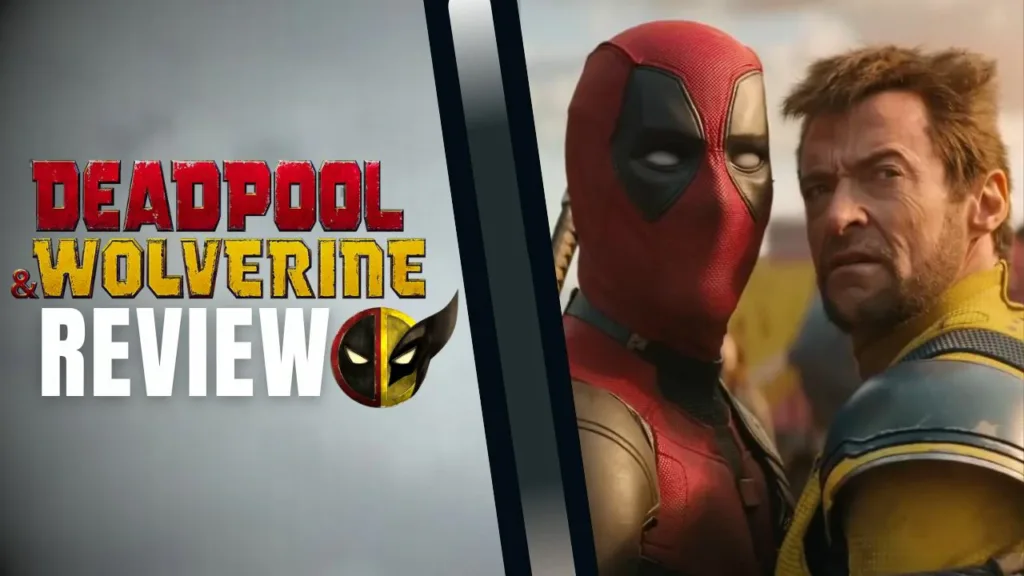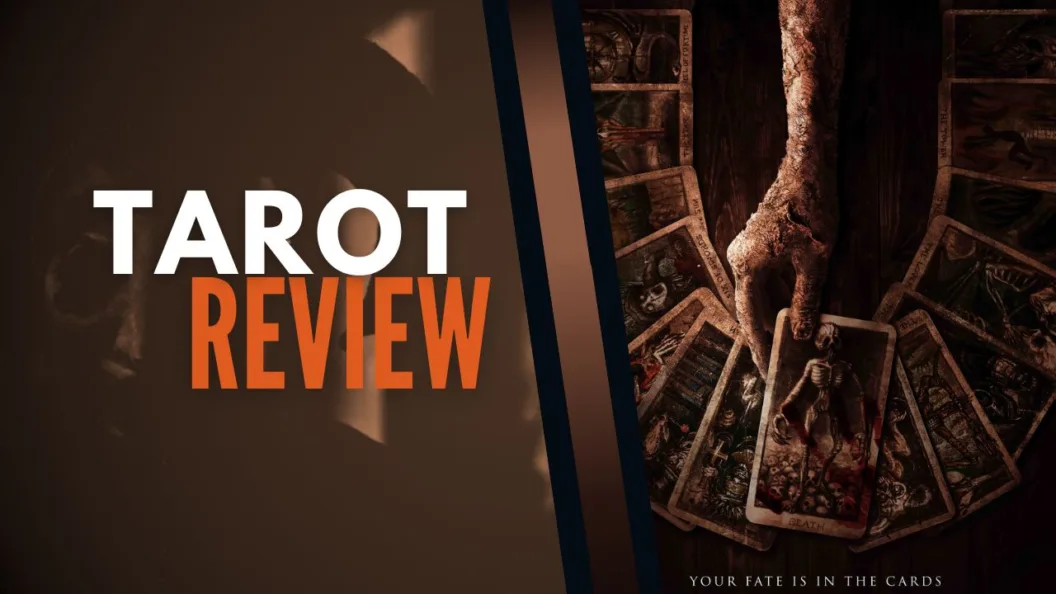
In the landscape of modern cinema, “Everything Everywhere All at Once” stands as a beacon of originality and daring. Directed by the visionary team of Daniel Kwan and Daniel Scheinert, collectively known as Daniels, this film transcends traditional storytelling boundaries. It invites audiences into a multilayered narrative that weaves together a tapestry of genres, emotions, and existential musings. With its stunning visual narrative and profound thematic depth, the film has not only captivated viewers but also sparked conversations about the nature of reality, the weight of choices, and the search for meaning in a chaotic universe.
The Story: A Tapestry of Chaos and Order

The film introduces us to Evelyn Wang, portrayed by the indomitable Michelle Yeoh, whose seemingly ordinary life is fraught with unmet aspirations and familial tensions. An impending IRS audit looms over her, threatening to unravel the threads of her already strained existence. However, the discovery of her ability to navigate the multiverse reveals a world of infinite possibilities. As Evelyn traverses these alternate realities, she encounters various versions of her life, each shaped by different choices and outcomes. This narrative thrusts her into a cosmic battle against a nihilistic force, embodied by the enigmatic Jobu Tupaki, whose chaotic actions pose a threat to the very fabric of the multiverse.
Genre-Bending Brilliance: A Symphony of Filmic Elements

“Everything Everywhere All at Once” is a cinematic symphony, harmonizing the disparate elements of science fiction, action, and comedy into a seamless and coherent narrative. It’s a film that celebrates the history of cinema, with each scene rich with references and homages to iconic films and genres. The performances are a high-wire act of emotional depth and comedic timing, with Michelle Yeoh delivering a nuanced portrayal that anchors the film’s conceptual leaps. The production design and editing are equally impressive, creating a multiverse that feels both boundless and intricately detailed. The film’s ability to balance its fast-paced, action-packed sequences with heartfelt moments of introspection is a testament to the Daniels’ skillful direction and storytelling.
Core Themes: The Fabric of Our Choices

At its heart, the film delves into the profound impact of our choices and the paths they create. It confronts the seductive simplicity of nihilism, arguing instead for the pursuit of personal meaning and joy amidst life’s inherent absurdity. The narrative explores how our decisions echo across universes, shaping not just our lives but the very fabric of reality. It’s a theme that resonates deeply with viewers, as it reflects the universal human experience of standing at life’s crossroads, pondering the what-ifs and might-have-beens. The film’s exploration of these themes is both intellectually stimulating and emotionally resonant, offering a rich tapestry of ideas for audiences to unravel and contemplate.
Conclusion: A Tapestry of Lessons

“Everything Everywhere All at Once” is a philosophical odyssey that entertains and enlightens in equal measure. It invites viewers to consider their significance, to choose kindness in the face of adversity, and to revel in the beauty of the present moment. The Daniels have created a narrative that is as intellectually engaging as it is visually spectacular, ensuring its place in the pantheon of films that transcend entertainment to become a conversation about the nature of existence itself. This film is a reminder that in the vastness of the multiverse, our choices define us, and it’s through these choices that we find our true selves.





